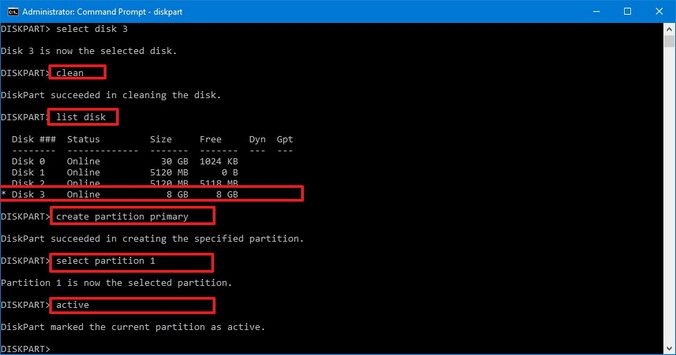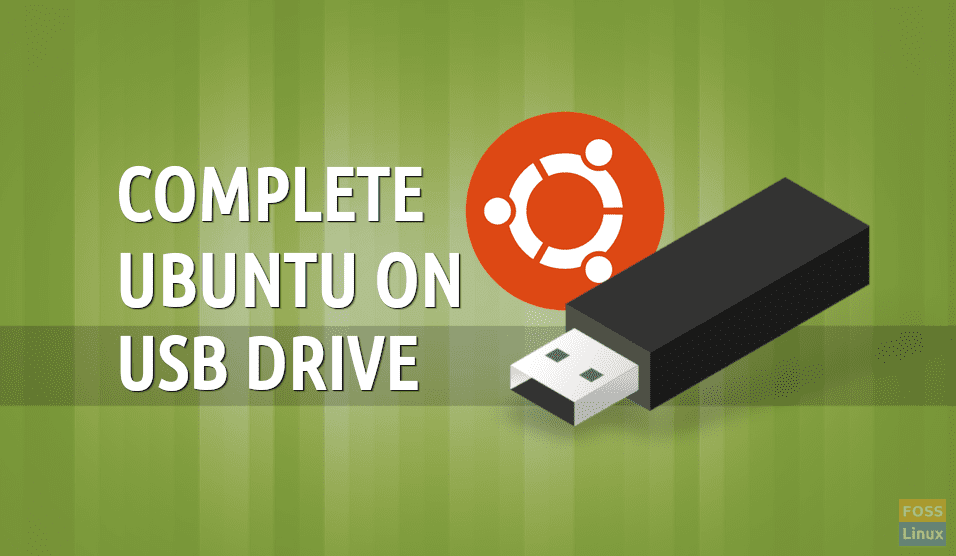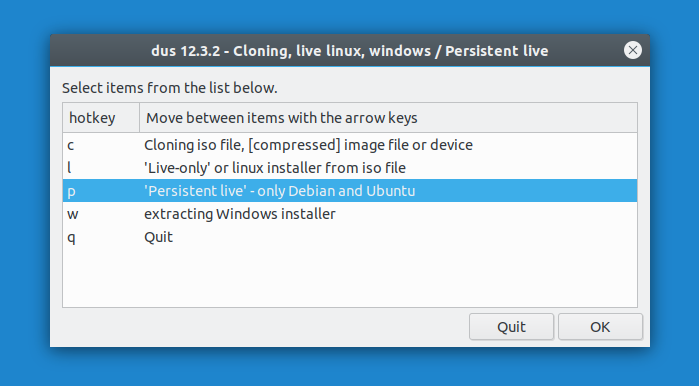

- #Use a mac to make a bootable linux usb drive for pc how to#
- #Use a mac to make a bootable linux usb drive for pc install#
- #Use a mac to make a bootable linux usb drive for pc update#
- #Use a mac to make a bootable linux usb drive for pc iso#
Click the How to Create Ubuntu Bootable USB Flash Drive in Windows 10 (Rufus) box in Rufus and ensure your connected drive is selected. Keep in mind that, the contents of this drive will be erased, so back up any important files on the drive first. Connect a USB drive with at least 8GB of free space to your Windows PC.

#Use a mac to make a bootable linux usb drive for pc install#
The tool will open immediately-you don’t even have to install it. Download Rufus and run it on your Windows PC. Steps to create Ubuntu Linux bootable USB in Windows 10 via Rufus:
#Use a mac to make a bootable linux usb drive for pc iso#
Activate the Create a bootable disk using checkbox, click the button to the right of it, and select your downloaded ISO file. If the Create a bootable disk using option is grayed out, click the File System box and select FAT32.
#Use a mac to make a bootable linux usb drive for pc update#
The new edition of Rufus Free Update for Windows PC. In that case, since it supports more keyboard layouts, FreeDOS, which is the default range, is preferred over MS-DOS. If you build a bootable DOS drive and use a non-US keyboard, Rufus can attempt to pick the configuration of the keyboard depending on your system’s locale.

For instances where you need to build USB installation media from bootable ISOs (Windows, Linux, etc.), to operate on a device that does not have an OS enabled, to flash a BIOS or other DOS firmware, and to run a low-level utility, it can be particularly helpful. You can’t create a Bootable USB drive without using a Bootable USB creator. The USB Bootable tool’s role is to set up a USB drive to install Windows or Linux on a computer. To create a Bootable USB drive, one needs to use a Bootable USB tool. Rufus is a tool for formatting and making bootable USB flash drives, such as USB keys or pen drives, memory sticks, and so on. At that time, the bootable USB drive serves as a solution. There are many tools that can do this job for you, but we recommend a free program called Rufus-it’s faster and more reliable than many of the other tools. “With long-term support (LTS) published every two days every six months,” Wikipedia says. “The current edition and the latest longer-term support release, as of 23 April 2020, is 20,04, which is funded by the public until 2025 and as a paid-up option until 2030.ĭownload Ubuntu Linux how to Create Ubuntu Bootable USB Flash Drive Ubuntu is a Debian based Linux free and open-source distribution. It was later that I realised it wasn’t so straight forward mainly because of EFI boot and Mac ‘quirks’. It struck me that if I install Linux on my flash drive it would make my life a hell lot easier. Ubuntu has some benefits: its affordable, open-source, entirely customizable, safer, and command-line oriented feature (I believe this is the most appealing feature). I did have a USB 3.0 flash drive which had speeds comparable to some(not-so-fast) harddrives. Debian, Fedora, Linux Mint, and Ubuntu are some of the common distributions of Linux. Linux is the Unix-like operating systems open-source family. This assumes you already have an ISO file that you want to move to an external “thumb drive” type of USB storage volume.Linux is also an operating system as is Windows or Mac OS. Create bootable USB drive using dd command So we can also use dd tool for data backup and restore from one device into another device. dd stands for Data Duplicator which is make copy using block by block from one device into another device. Most Linux distributions has preinstalled dd tool.ĭd is very powerful tool. We can make bootable ISO, for any operating system, by using dd tool in Linux. There is no need for the above applications. Of course there are many GUI applications to make bootable ISO are available such as Unetbootin, balenaEtcher, etc.īut there is an easy command line way too. Usually, we create bootable USB drives and install Linux and other operating systems. The command line ‘dd’ tool can do that for you, writing a image ISO file to an USB drive with minimal effort.

Need to write an ISO file to an USB drive? Making a bootable USB drive of your favorite operating system is very easy.


 0 kommentar(er)
0 kommentar(er)
